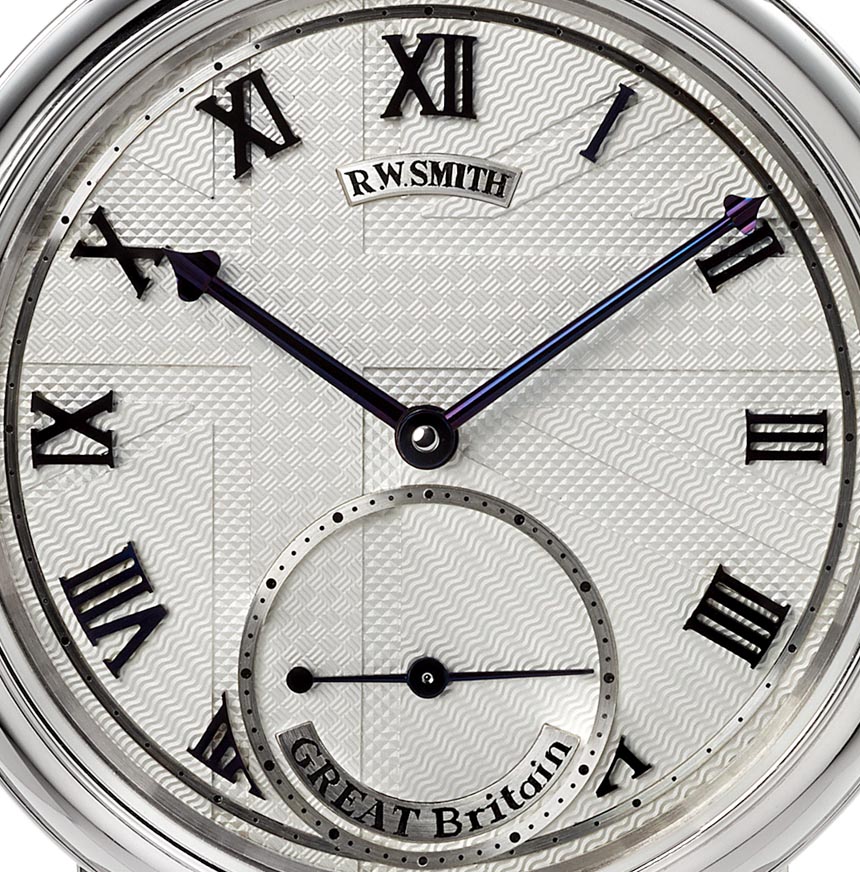Dan Pink and others have pointed out that once you hit a certain salary, you no longer worry about money. In the US that salary seems to be about $70k of discretionary spending a year (before you account for things like the local real estate market, etc), assuming no kids. That's more than most people have, though. As such, there's a lot of sales to people below that line who aspire to be above that line (which, in fairness, was a point made by your premium mediocre post). Thing is, those chickenshit watches are all derivative. The whole point of the presentation was to outline how derivative they truly are. Your watch is not minimal. It is speaking its own design language and it is speaking it clearly. There's nothing derivative about Casio; they make exactly what they make, and they make it well. They make it for what it costs plus a profit margin; things lose that directness when you start talking about the haute couture watches. This is a Roger Smith. It's 1 of 1. It was a gift to the British government or some shit and as such doesn't have a price. Thing is, Roger Smith has a workshop that employs 5 people, and they make less than 10 watches a year. That means above and beyond materials cost, each watch costs six months' salary of a trained artisan. It's less minimalist than the chickenshit watches, but not by a lot. What it has is a lot of individual craftsmanship and some great material. On the other hand, this is an Ochs & Junior: That's a perpetual calendar with moon phase but it's a lot less ornamented than any of your "minimalist" chickenshit watches. I don't think you can configure one for less than 10k euro. And then, there's always Movado: You can get into one of those for a lot less than a grand. Or, around a thousandth as much as a Moser.


